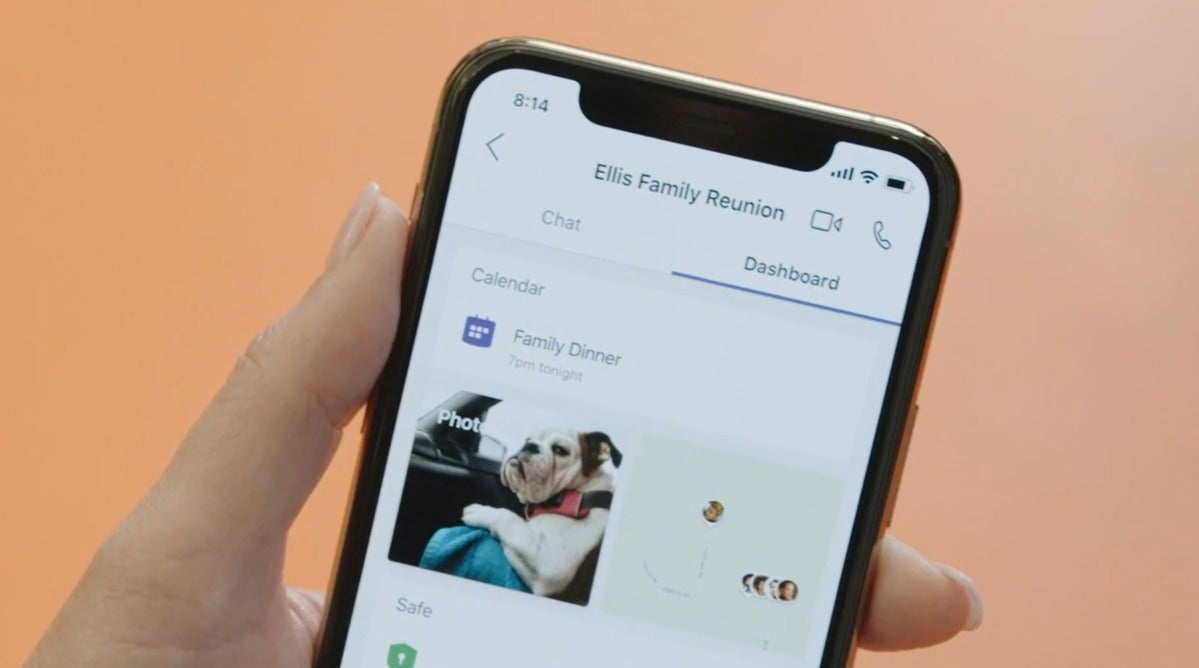
[ad_1]
Office 365 is dead. Long live Microsoft 365, the renamed version of Microsoft’s productivity suite that now includes an expanded version of Microsoft Teams designed expressly for consumers. That expanded version of Teams is now live in preview for iOS and Android, Microsoft said on June 22.
(Editor’s Note: This story originally published on March 30. We’re re-publishing it as the changes to the subscriptions have taken effect today, June 22.)
On April 21, Office 365 subscriptions for consumers will shift over to become Microsoft 365 subscriptions, Microsoft said, available at the current price of $9.99 per month or $99.99 per year for a shared group of up to 6 people. (Personal subscriptions are $6.99 per user per month, or $69.99 per year.) Those subscriptions will still include features like a terabyte of OneDrive cloud storage, access to Microsoft’s Office apps, and more.
What’s new, though, is a version—some might call it an expansion—of Microsoft Teams that’s been retooled for consumers, with group chat, file sharing, and more—all features available on the enterprise version of Teams, but overhauled in a friendlier interface. Late in March, Microsoft also announced a new Microsoft Family Safety app designed to help parents keep track of their kids in the real world. Finally, Microsoft showed off new features within Office—some of which had already been announced—that tap into AI to improve its capabilities for writing within Word, scheduling within Excel, and more.
Microsoft Teams for Home
Microsoft’s Microsoft Teams has become a dominant corporate collaborative app because of Microsoft’s relationship with large enterprises, but it faces a sharper challenge competing with dozens of consumer messaging apps that allow friends to connect with one another. Interestingly, while Microsoft is rebranding Office, the only rebranding of the new consumer Teams experience was in the URL attached to the page, which was dubbed Teams for Home. Officially, though, it’s just Teams. And did we mention that this new Teams app is just for Android and iOS at the moment?
 Microsoft
MicrosoftMicrosoft Teams’ new shared dashboard for home users.
As with the enterprise version of Teams, Microsoft has collected several collaborative features under the overarching Teams umbrella. The centralized feature is a group chat, which can be shared among multiple people—Microsoft doesn’t actually say how many, or whether all users have to subscribe to Teams. Alternatively, there’s a “dashboard” view that can be used as a jumping-off point to have more detailed conversations, such as a direct phone call.
Users can share their personal calendars or grocery lists, assign tasks to one another, and more. You could even track the locations of other members of their group, with their permission. Files can be stored even more securely via a “vault.”
Microsoft’s also promising that you’ll be able to switch easily between work and personal accounts. That’s noteworthy, possibly, because the current incarnation of Cortana that Microsoft is showing off within its Windows 10 “20H1” update hasn’t done the same.
[ad_2]
Source link